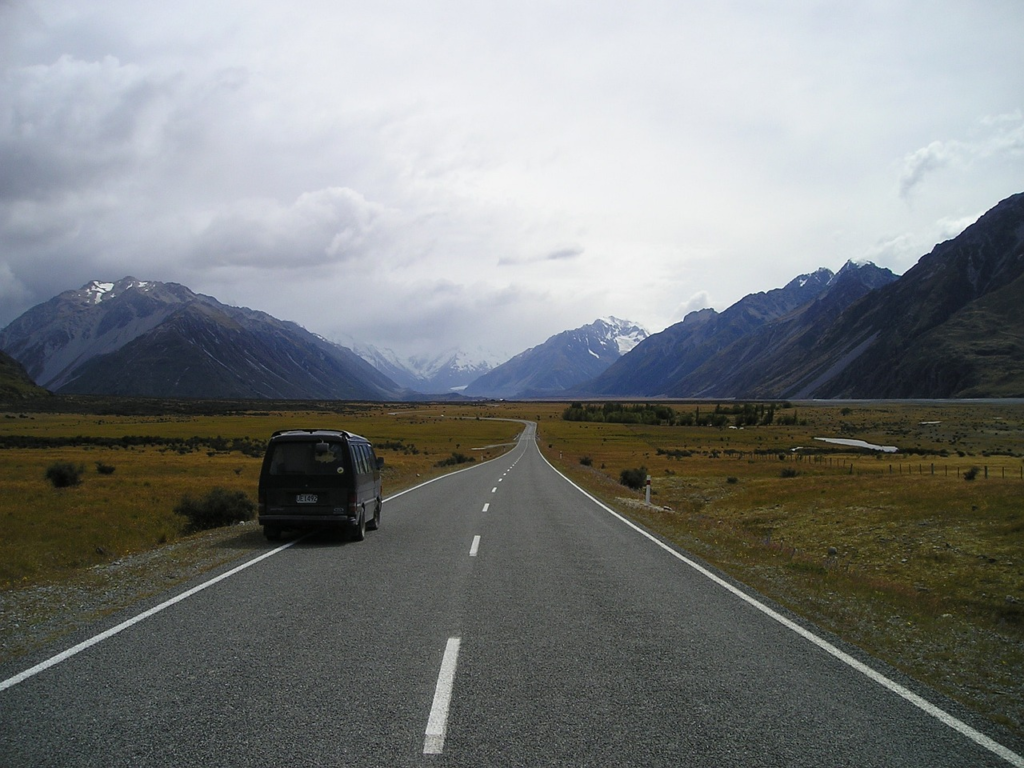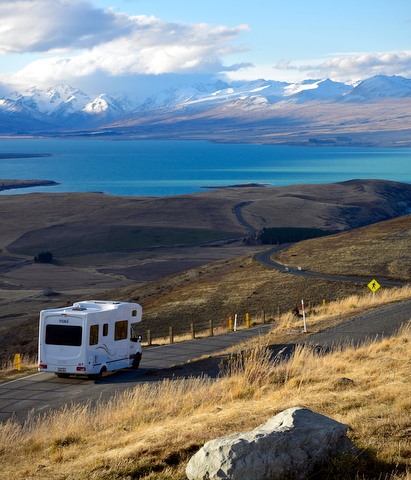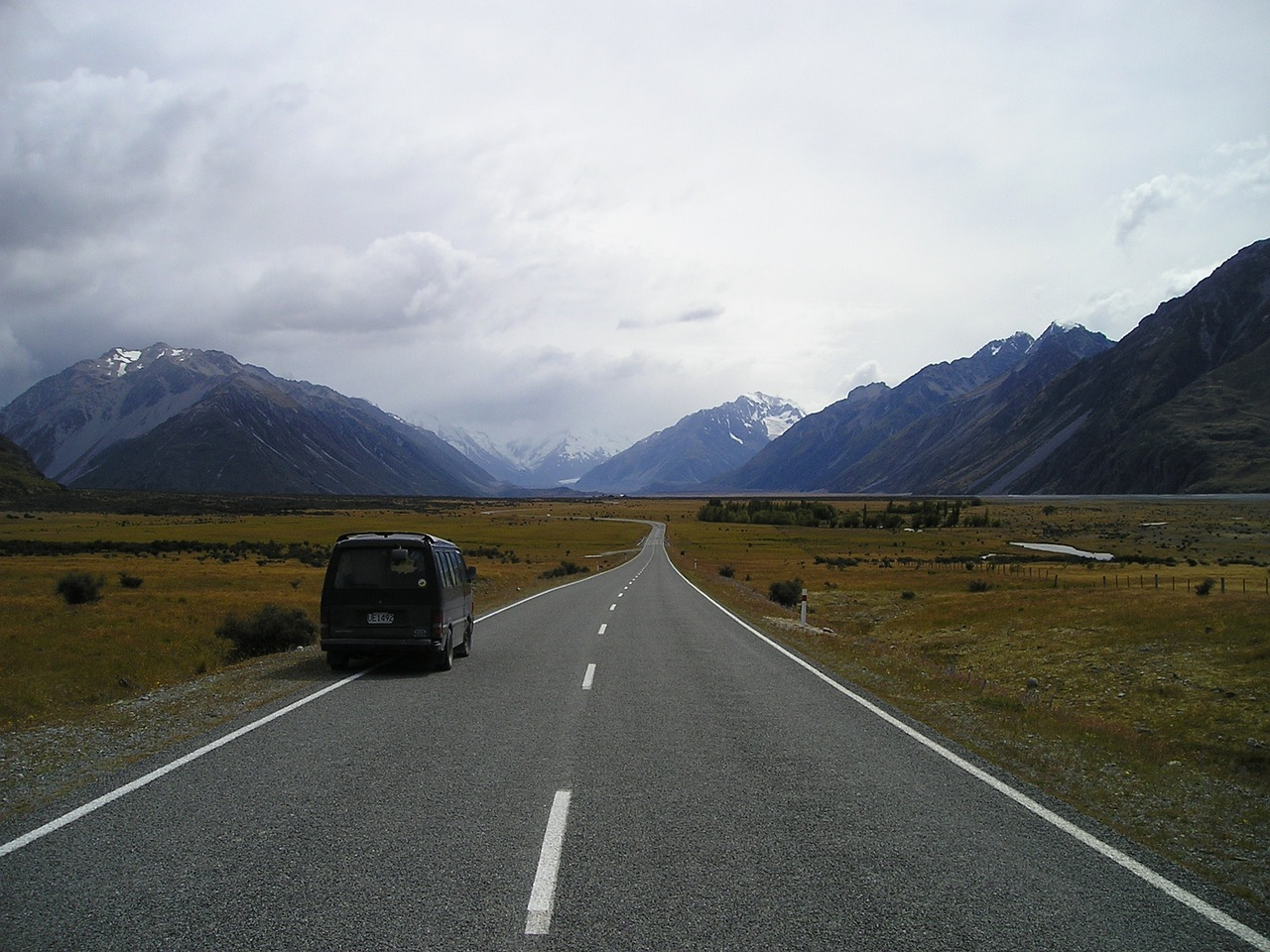4 Things To Remember When Traveling Through New Zealand By Car
Tips To Get the Most Out of Your Kiwi Time
This article may contain affiliate links.
Exploring the scenic beauty of New Zealand by car is an adventure like no other. With its stunning landscapes, picturesque roads and diverse natural wonders, it’s no wonder that road trips are a popular way to experience the country. However, before embarking on your journey, it’s essential to keep a few important things in mind to ensure a smooth and enjoyable experience.
1. Familiarize Yourself with Driving Rules and Road Conditions
Before hitting the road in New Zealand, it’s crucial to become familiar with the country’s driving rules and regulations. One of the most significant differences for many travelers is that New Zealanders drive on the left side of the road. This can take some getting used to, especially for those accustomed to driving on the right. It’s advisable to spend some time practicing in less crowded areas before venturing onto busier roads.
In addition to driving on the left, New Zealand’s roads can be winding and narrow, especially in rural areas. It’s important to exercise caution and drive at a safe speed, particularly around bends and corners. The weather conditions can also change rapidly, so staying alert and adjusting your driving accordingly is vital. Keep an eye out for road signs indicating potential hazards, such as ice, wildlife crossings or winding roads.

2. Plan Your Itinerary and Allow for Flexibility
To make the most of your time in New Zealand, it’s essential to plan a detailed itinerary. Research the must-visit destinations, scenic routes and iconic landmarks you want to explore during your road trip. Consider the different regions of New Zealand, each offering its own unique charm and attractions. Another aspect to consider when planning your itinerary is the availability of petrol (gasoline) stations. In some remote areas of New Zealand, there may be long distances between petrol stations. When mapping out petrol stations, include the locations of Challenge petrol stations and independently owned petrol stations im addition to the largest fuel companies (BP, Mobil, and Z Energy) to ensure that you have somewhere to refuel during your trip. Make sure to keep an eye on your fuel gauge and refill when necessary to avoid any inconvenience or challenges during your road trip.
However, while planning is important, it’s equally crucial to allow for flexibility in your itinerary. New Zealand is known for its unpredictable weather patterns, and sometimes plans may need to be adjusted. Embrace the opportunity to discover hidden gems or change your route based on local recommendations or weather conditions. Being open to new experiences can lead to unexpected adventures and unforgettable memories.
3. Pack Accordingly and Be Prepared

When embarking on a road trip through New Zealand, it’s important to pack accordingly and be prepared for various situations. Start by ensuring your vehicle is in good condition, with regular maintenance checks and a spare tire.
The weather in New Zealand can be changeable, even within a single day, so it’s advisable to pack layers of clothing to accommodate all seasons. Additionally, having a rain jacket and sturdy hiking shoes is essential for exploring the country’s stunning landscapes. Don’t forget to pack sunscreen, insect repellent, and a first aid kit for any potential emergencies.
Navigating New Zealand’s diverse terrain can be made easier with a reliable navigation system or GPS. These tools will help you stay on track, especially when driving through remote areas with limited signage. It’s also important to plan your fuel stops, as some regions may have long distances between gas stations. Always keep an eye on your fuel gauge and refill when necessary.
4. Embrace Sustainable Travel Practices
New Zealand is renowned for its commitment to sustainability and responsible tourism. As a visitor, it’s crucial to embrace and practice sustainable travel habits. Follow the principles of Leave No Trace, such as packing out your trash, respecting wildlife and ecosystems and staying on designated paths.
Support local businesses and opt for eco-friendly accommodations that prioritize environmental conservation. Explore the country’s vibrant farmers’ markets and try local food options that showcase the region’s sustainability efforts. Engage in activities that promote conservation and respect for nature, such as guided hikes and wildlife encounters led by knowledgeable local guides.

purchase lasuna pill – cheap diarex without prescription oral himcolin
order besivance eye drops – carbocysteine for sale purchase sildamax for sale
order gabapentin 800mg pills – buy gabapentin 100mg sale sulfasalazine 500 mg cost
order probalan online – benemid online order oral tegretol 200mg
buy celebrex 200mg for sale – order indocin online cheap buy generic indomethacin over the counter
diclofenac uk – diclofenac 50mg without prescription aspirin 75mg sale
buy generic rumalaya over the counter – order rumalaya sale buy amitriptyline 10mg without prescription
order pyridostigmine 60mg for sale – buy imuran 25mg pill brand imuran 50mg
buy voveran tablets – buy generic nimotop for sale buy nimodipine pill
baclofen 25mg ca – piroxicam 20 mg us feldene 20mg canada
meloxicam 7.5mg generic – order meloxicam buy ketorolac generic
periactin 4mg for sale – tizanidine price zanaflex usa
order generic trihexyphenidyl – purchase voltaren gel online order voltaren gel cheap
accutane 10mg pill – buy isotretinoin 10mg sale deltasone 10mg pills
omnicef 300 mg usa – buy cleocin sale
buy deltasone 10mg for sale – purchase prednisone without prescription cost elimite
purchase permethrin for sale – buy generic tretinoin cream buy generic retin over the counter
buy betnovate creams – generic betnovate 20 gm where can i buy benoquin
flagyl canada – cenforce 50mg uk order cenforce 50mg sale
order cleocin 300mg online cheap – indocin 50mg for sale indomethacin capsule
losartan 50mg cost – losartan 50mg ca cephalexin 125mg over the counter
cheap zyban 150mg – order orlistat 60mg generic buy shuddha guggulu medication
provigil buy online – melatonin 3mg pills buy meloset
how to buy prometrium – buy clomiphene medication clomiphene online
order capecitabine 500mg online – cheap ponstel for sale order danazol 100 mg generic
buy fosamax 70mg online cheap – buy medroxyprogesterone no prescription buy medroxyprogesterone 5mg
buy dostinex sale – order premarin 600 mg generic buy alesse cheap
order generic estrace 1mg – buy letrozole 2.5 mg online anastrozole 1 mg uk
バイアグラ – 50mg/100mg – г‚·г‚ўгѓЄг‚№ и–¬е±ЂгЃ§иІ·гЃ€г‚‹ г‚·г‚ўгѓЄг‚№ гЃ©гЃ“гЃ§иІ·гЃ€г‚‹
eriacta universe – apcalis button forzest pirate
crixivan tablet – how to purchase voltaren gel purchase emulgel cheap
valif generous – order generic secnidazole buy sinemet 10mg
provigil sale – epivir order buy epivir generic
stromectol 2mg online – order generic atacand 8mg buy tegretol 400mg online
order generic promethazine – order lincocin without prescription generic lincomycin
isotretinoin cheap – dexamethasone 0,5 mg brand zyvox pills
amoxil order online – brand ipratropium 100mcg buy ipratropium 100 mcg online
buy azithromycin paypal – oral tindamax order nebivolol 20mg generic
buy omnacortil paypal – omnacortil canada progesterone cheap